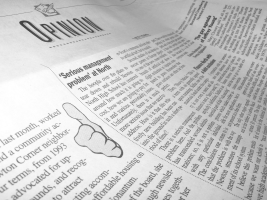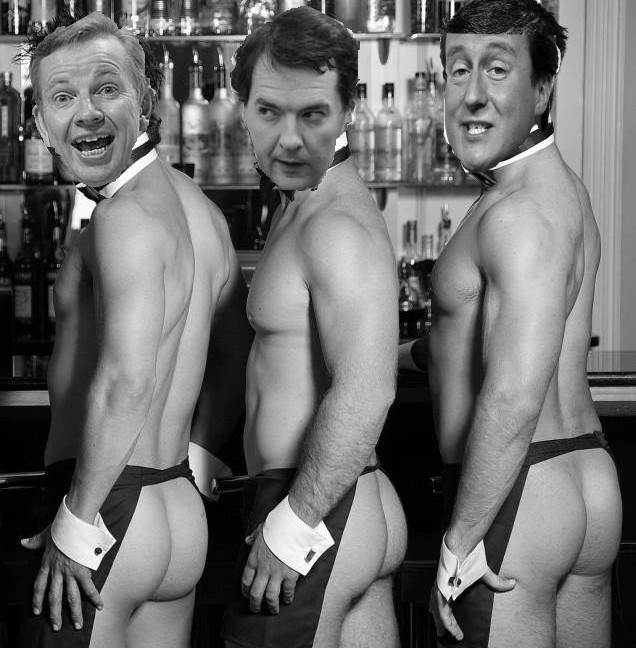I spent a fair amount of time watching episodes of The Persuaders earlier this year. I say ‘watching’, they were frequently more of a background while I engaged in the recent overhaul of The Sleaze. Seventies TV shows like The Persuaders make a great background for doing stuff like that – unlike contemporary shows, they don’t ask us to follow complex story arcs across an entire series, they’re instead content to serve up neatly self contained stories on a weekly basis. No need to worry whether something somebody did or said in episode three is going to turn out to be significant in episode ten. You know, I really miss those simpler days of TV. Which is ironic as, when I was younger, I used to lament the lack of depth and character development in such series. But to get to the point, after a while certain tropes and motifs begin to emerge in the episodes. One of the most significant of these is the number of times episodes open with Roger Moore and Tony Curtis gambling in an upmarket Casino, or occasionally at the racecourse. Indeed, Curtis’ various ‘systems’ for beating the odds are a recurring theme. Which left me wondering, what is it about the world of gambling which attracts the wealthy, (the premise of The Persuaders, if you’ve never seen it, is that the protagonists, Lord Brett Sinclair and Danny Wilde – Moore and Curtis, respectively – are millionaire crime fighters)?
I mean, it isn’t a motif confined to The Persuaders, a multitude of films, TV episodes and literature all depict the wealthy as gamblers, getting their kicks at the tables or race courses. It’s always depicted as glamourous and exciting. Working class gambling, by contrast, is always seen as dangerous and downbeat, confined to tatty book makers shops or poker games in the dingy back rooms of pubs. Losing always has serious consequences for the lower classes, including destitution and violence. The risk is very real. Which is why, I suspect, gambling is depicted as a past time for the wealthy, but an addiction for the workers. For the rich, losing, even losing big, doesn’t necessarily have devastating consequences. Sure they are risking some of their cash, but not risking potential consequences. For the rich, gambling provides only the illusion of risk. It is a tame thrill. For the time that they are at the tables, they can feel they are at risk of losing but, in reality, they are always winners. Which is all a bit heavy to be extrapolating from a few episodes of an old seventies series. But then again, much of the dynamic of The Persuaders is based upon notions of social class, (although just as wealthy as Sinclair, Wilde is depicted as being socially ‘inferior’, moreover, Wilde, as an American, is shown as being frequently baffled and confused by British class conventions).
Of course, it isn’t just gambling which is depicted in popular culture in different contexts according to the social standing of the participants. Take the consumption of alcohol, for instance. For the wealthy, this is depicted as a refined social activity, involving the imbibing of fine wines, vintage sherry and expensive whisky and similar liqours. It is all presented as being a terribly civilised activity, with men in dinner jackets laughing uproariously at each other’s witticisms and engaging in what is characterised as intelligent debate as they down their drinks. The venues are inevitably stately homes, clubs or private bars. At the very least, it all takes place in the drawing room of some well appointed suburban semi-detached house. By contrast, the lower orders are beer swilling oafs, quickly becoming drunk and violent as they down pint after pint, followed up by several shots of cheap whisky or tequila. Their ‘conversation’ is characterised as sexist ‘banter’ and football based arguments, which inevitably end in a drunken brawl, with some poor bastard being ‘glassed’. The venues are inevitably dingy back street pubs, their floors covered with sawdust and vomit, the gutters of the pavements outside running with urine as the inebriated patrons relieve themselves against walls on their way home. Those that haven’t got into their cars and mown down a few innocent pedestrians on their way home. All-in-all a perfect demonstration of the evils of drink. Never mind that the wealthy bastards would all have downed enough alcohol to fell an ox – they did it with class and refinement. Oh, and they got their chauffeurs to drive them home.
It’s a similar scenario when it comes to food: the well off sit down to five course gourmet dinners in their lavish dining rooms or expensive restaurants, whilst the great unwashed are inevitably depicted gorging themselves on multiple Big Macs with fries or, if they are a bit more refined, a fry up in a greasy spoon café. Never mind that the well off diners are probably filling their veins with just as much cholesterol as their low class counterparts, we all know which lifestyle will be characterised as unhealthy. As for sex, well, the elites have erotica whilst the lower orders have pornography. Essentially, they both perform the same function – presenting representations of idealised naked female bodies for the purposes of sexual gratification – but one is high art and the other just smut. Likewise, the wealthy have sex addiction, whilst the lower orders are just randy. It’s all just a question of class.
All of these pop culture representations of various activities as defined by class are establishing a stereotypical lifestyle based upon social status and income. Stereotypes which have been seized upon by advertisers to try a sell a lifestyle rather than just a product. They take the ‘high class’ version of the lifestyle and imply that this attainable, even for the lower orders, if you buy their product. Interestingly, even those products generally associated with the less well off, are sold based on a ‘gentrified’ version of the ‘lower class’ lifestyle. Have you ever noticed how the people who eat in fast food joints in commercials are always neatly dressed and never obese, unlike the real clientèle, who tend to be overweight people dressed by Primark (not there is necessarily anything wrong with Primark, but they typically cater for the budget end of the clothes market). Likewise, the people they show taking out pay day loans are generally lower middle class types, with jobs and nice house, whereas, in reality, they are either unemployed or casually employed and living in a damp stricken housing association flat on a run down estate. But those aren’t the images they want to sell for these products – they want to imply that they are actually respectable. It’s OK to take out a pay day loan with sky high interest because nice middle class people use them – so if you take one out, you are associating yourself with that lifestyle. Sadly, you see, class still matters, even in twenty first century Britain. Especially when someone is trying to sell you something.
Until the next time, keep it sleazy!
Doc Sleaze











